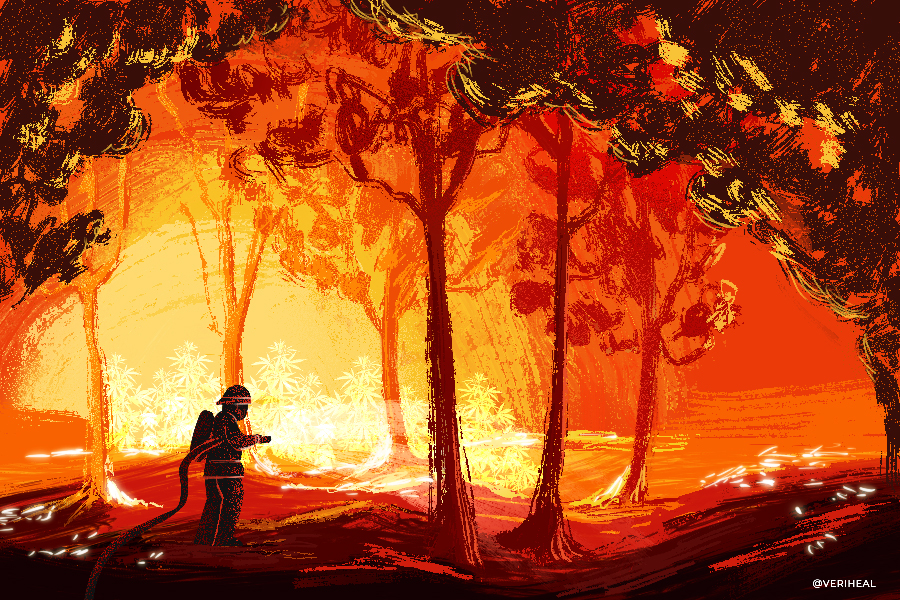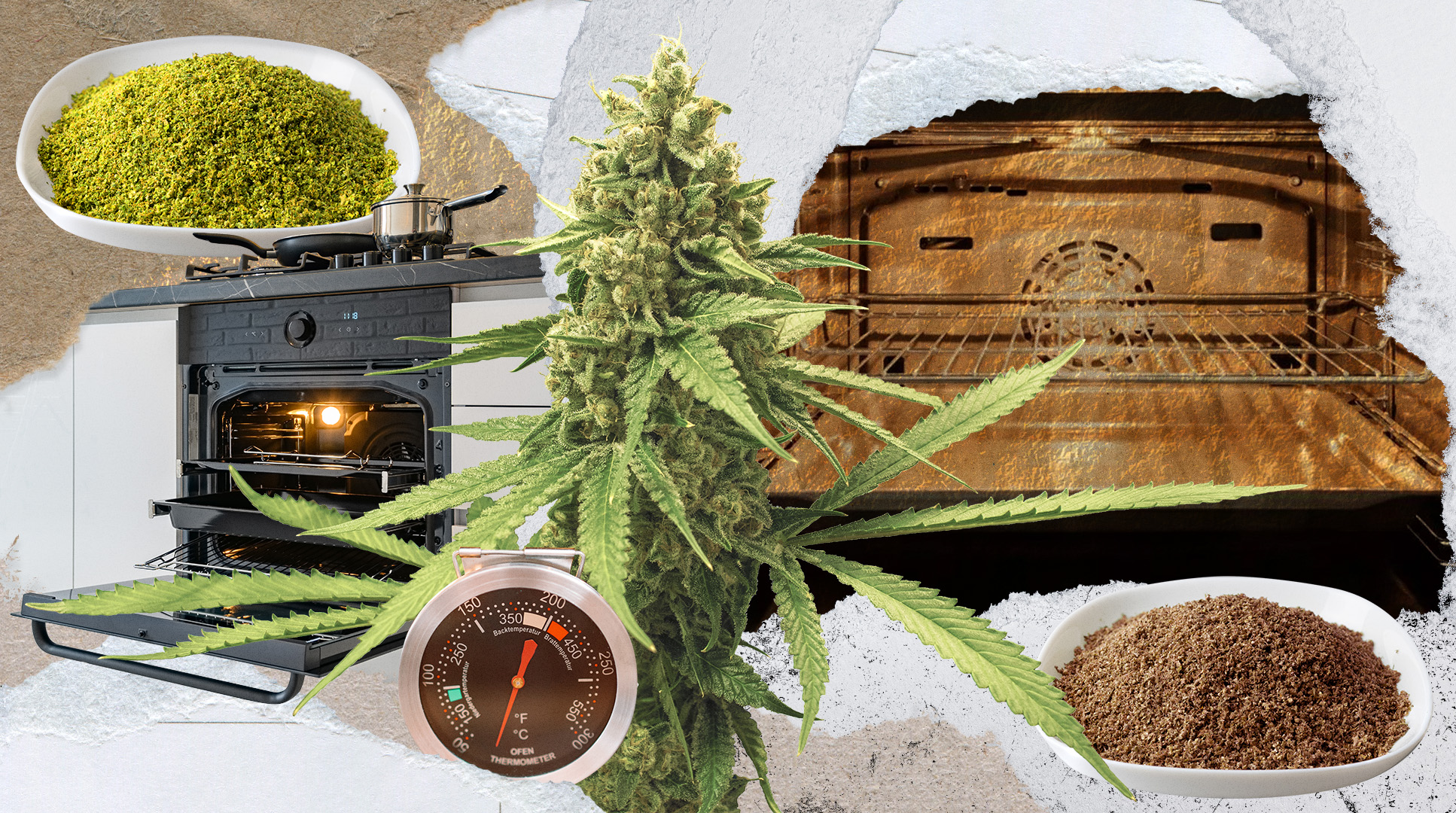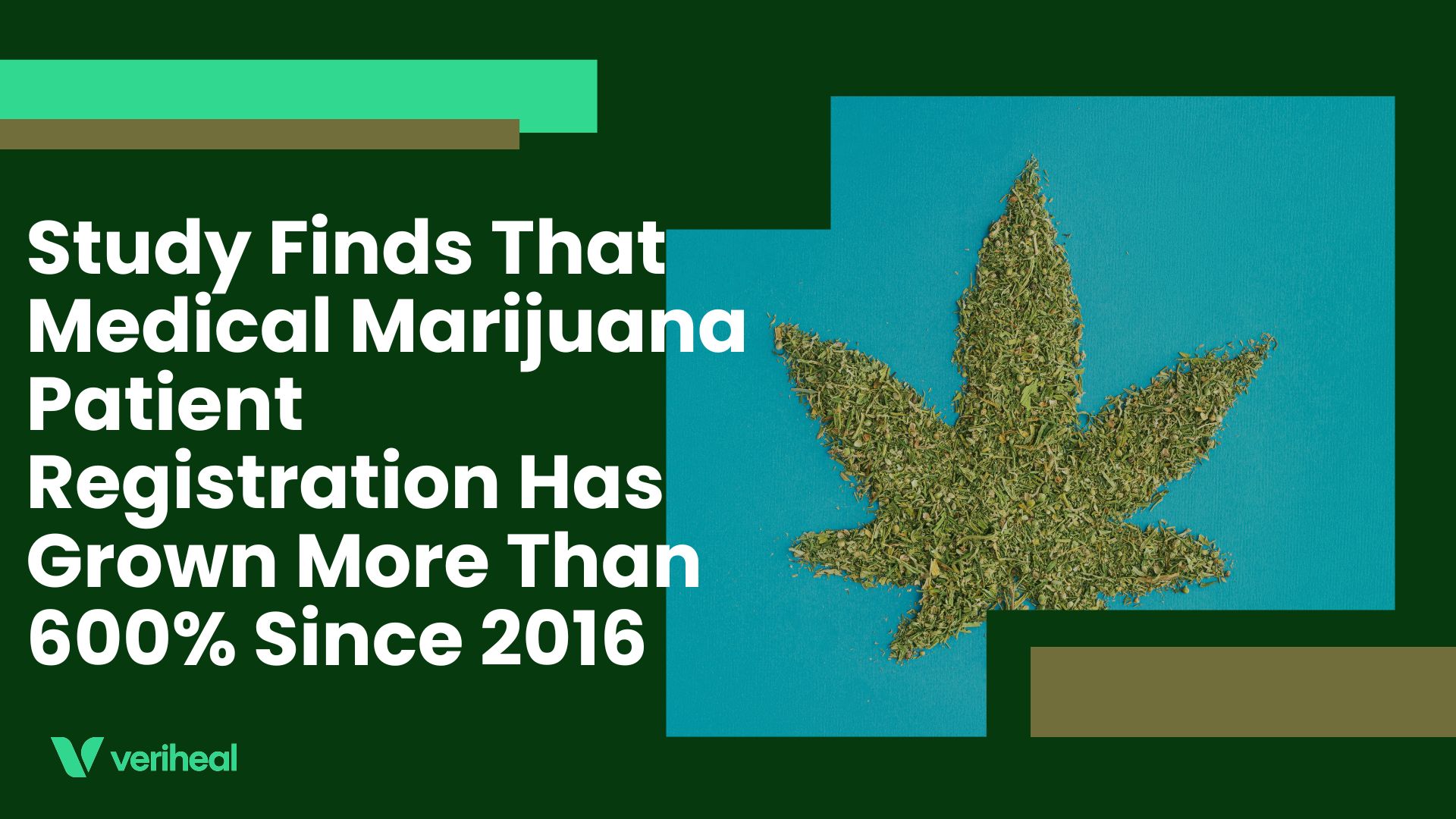More than 6,000 wildfires have ripped through almost 250,000 acres of California’s landscape this year alone. According to CAL FIRE, wildfires are occurring as a direct effect of climate change. The state’s rich wildlife and property-speckled scenery are at risk of being damaged by the blazing infernos, not to mention the state’s profit-yielding agricultural crop. According to UC Berkeley’s Department of Environmental Science Policy and Management researchers, California’s cannabis crops are threatened by wildfires more than any other crop.
Cannabis is one of the top five revenue-generating agricultural commodities across the state. Although recent news reports suggest that California’s wildfires are not as treacherous as they usually might be at this time of year, experts warn that the repercussions of climate change are far from over.
More Than Half of California’s Licensed Cannabis Farms Sit in “High” or “Very High” Fire Hazard Zones
Over 50% of the state’s licensed cannabis farms are based in high or very high fire hazard zones. UC Berkeley researchers assessed the level of wildlife risk faced by licensed cannabis farms in 11 counties that produce the plant in large quantities. To conduct their analysis, the team compared CAL FIRE maps of fire hazard severity zones to monitor licensed cannabis farms in 11 cannabis-producing counties. The research was featured in the journal Ecosphere.
Aside from comparing maps, the team also assessed historic wildfire perimeters and locations with the highest risk of experiencing heightened fire activity. Their analysis was based on the whereabouts of cannabis grow sites and other agricultural hotspots.
Fire hazard zones are classified according to the following factors:
Why You Should Get Your Medical Marijuana Card
Veriheal has satisfied millions of patients nationwide by giving them access to these benefits
- Larger purchase limits
- Peace of mind
- Enhanced legal protection
- Access to higher potency strains
- Save up to 25% on cannabis purchases
- Skip the line at the dispensary
- Climate
- Crown fire potential
- Ember production and movement
- Fire history
- Topography
- Vegetation
Based on their findings, 36% of the state’s cannabis cultivation sites — equivalent to 986 farms — were found in high fire hazard zones. On top of this, 24% of farms — equal to 788 farms — were positioned in majorly high-risk fire hazard zones.
CA Cannabis Crops Threatened by Wildfires: Study Uses Descriptive Stats and GAMs
To understand the disparities between wildfire risk to cannabis crops in comparison with other types of agricultural sites, including general crops, grapes, and pastures, the research team applied descriptive statistics and generalized additive models (GAMs). California’s wildfires came first on the high-risk list, followed by grapes (8.8% were based in “high fire hazard zones” and 2.9% in “very high fire hazard zones”) and pasture (4.3% and 1.7% in “high fire hazard zones” and “very high fire hazard zones,” respectively.)
Furthermore, the study’s findings spotlighted three counties where more than 50% of the cannabis cultivation spots were based within new or emerging fire hazard zones based on burn projection patterns. The number of cannabis farms in intensifying hotspot zones soared to 95% in Santa Barbara — the state’s top cannabis-producing county.
“This work only serves as a starting point for understanding how vulnerable cannabis farms may be to wildfire, as this analysis did not include indirect impacts, such as smoke and ash damage, which may be far-reaching,” said the study’s lead author Christopher Dillis.
Cannabis farm owners in high-risk zones are advised to implement proper fire safety procedures to minimize the negative impacts of wildfire crops on human health. The authors suggest that growers integrate vegetation control practices and safety precautions to shield crops and farmworkers from wildfire smoke and develop fire breaks.
“We can confidently say that the places where cannabis continues to be grown are at greater risk now, and likely in the future as well,” added Dillis, a postdoctoral researcher at UC Berkeley’s Cannabis Research Center. Moving forward, the state is encouraged to seek out crop insurance options for licensed marijuana farmers in California, where legal recreational cannabis sales are expected to top $6.59 billion by 2025. This is a significant increase from the $2.59 billion the state generated through legal cannabis in 2016.
Author, Share & Comments















